Hyperspetrometer launched into orbit on Thursday along with 2.5 tons of cargo
A device that will detect natural disasters in the visible and infrared ranges of the spectrum has been sent to the International Space Station. This is a hyperspectrometer created at MIPT. The institute explained how it will work in orbit.
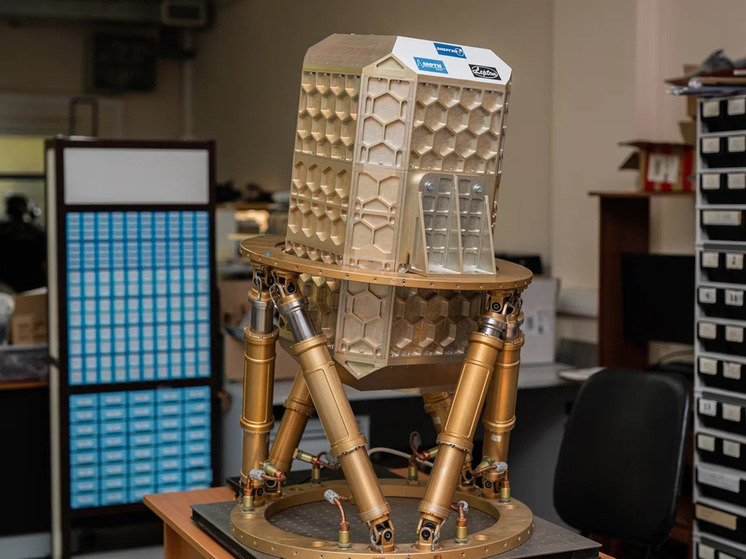 Hyperspectrometer. Photo: MIPT
Hyperspectrometer. Photo: MIPT
The Progress MS-27 cargo ship was sent into space on Thursday at noon from the Baikonur Cosmodrome. It is carrying 2,504 kg of cargo to the Russian cosmonauts currently working in the Russian segment of the station (Oleg Kononenko, Nikolai Chub and Alexander Grebenkin). 1290 kilograms consist of: all kinds of equipment, equipment for experiments, clothing and food. Another 754 kg is fuel, 420 kg is drinking water and 40 kg of nitrogen to replenish the ISS atmosphere.
Among the new equipment, a new hyperspectrometer developed by scientists is flying to the station. It can “observe” earthly objects from orbit and take detailed images in the visible and infrared ranges.
It is expected that the device, along with the rest of the cargo, will be delivered to the station on June 1 and will be installed on one of the windows of the Russian segment of the ISS using a special bracket. Russian cosmonauts were trained to operate the device as part of the Uragan experiment last year. Their task is to configure the device program according to specified ranges.
Hyperspectral information is very necessary in agriculture, forestry and water management — the device estimates the moisture content in soils. For agricultural crops, this is important to monitor the safety of the harvest, for forests — to protect them from fires. With timely monitoring, it will be possible to calculate dry zones in large areas and quickly begin to eliminate drought.
Image from space using a new device will also help to identify illegal deforestation, areas of oil spills in water bodies, and monitor emergency situations.
The developers promise image resolution no worse than 45 meters. Using the installed program, astronauts will be able to process them directly in space and send them to Earth.




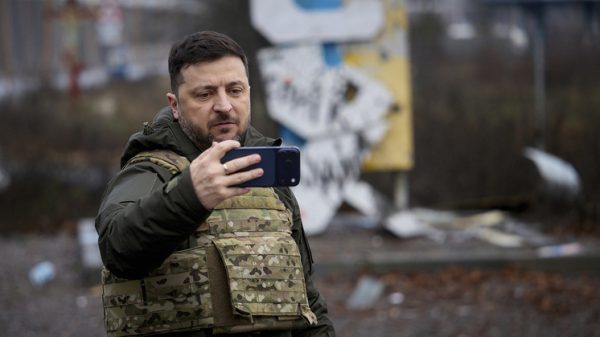





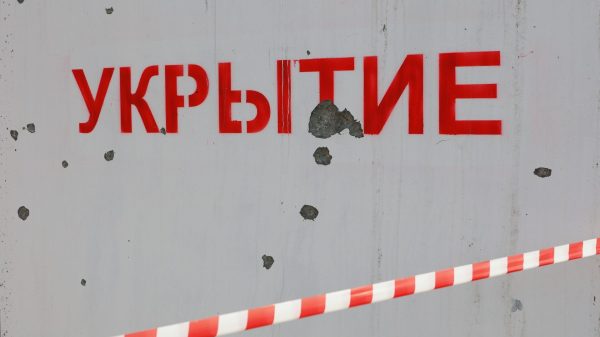





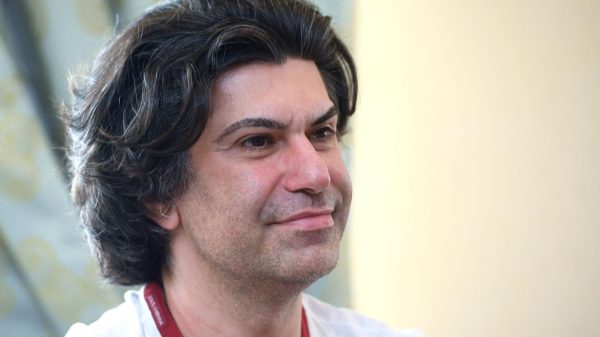

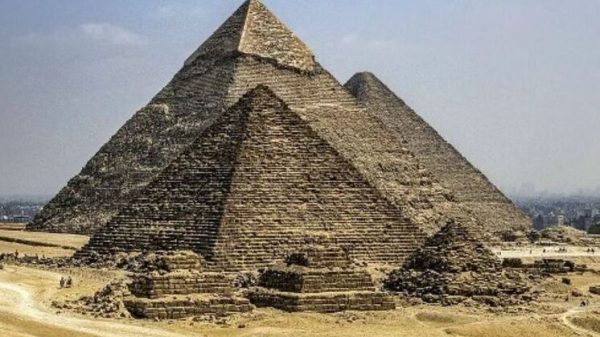
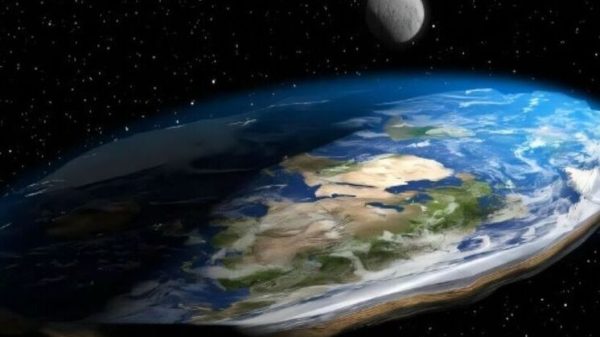
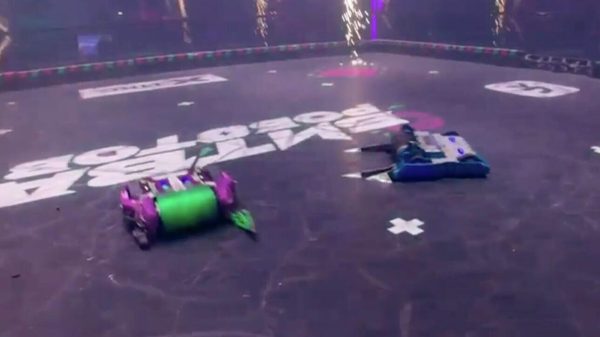
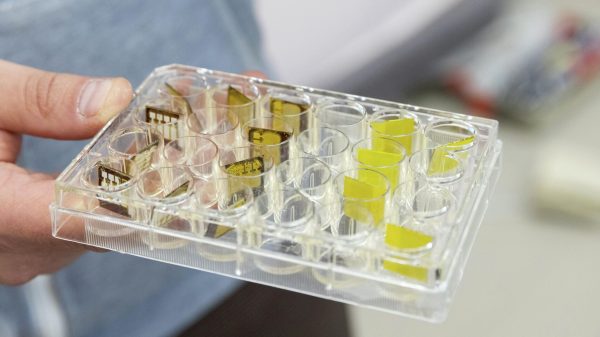




























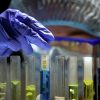

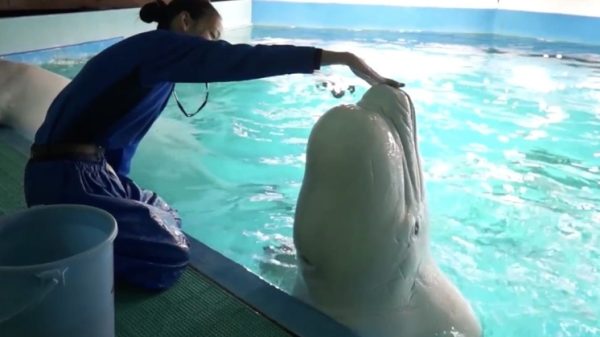
Свежие комментарии